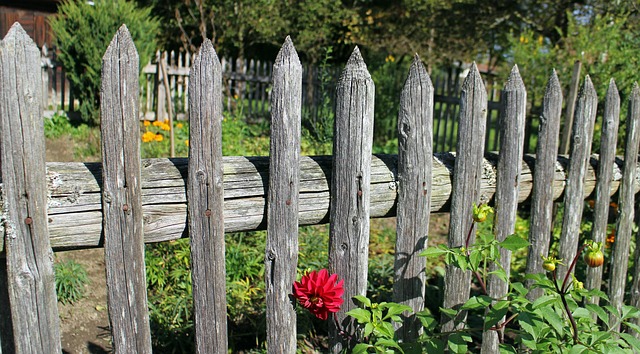Large properties present unique challenges when it comes to fencing, requiring solutions that balance aesthetics, functionality, and affordability. This article explores cost-effective fencing solutions tailored for extensive landholdings, delving into key considerations such as material choices, modern design trends, and efficient installation techniques. By examining traditional versus contemporary options, we guide readers through sustainable practices and maintenance strategies, ensuring long-term savings without compromising quality or security.
- Understanding Large Property Fencing Needs
- Traditional vs Modern Fencing Options
- Cost-Effective Materials and Designs
- Installation Tips for Longevity and Efficiency
- Maintenance and Long-Term Savings Strategies
Understanding Large Property Fencing Needs
Fencing large properties presents unique challenges compared to smaller plots, primarily due to the vast distances involved and the need for robust, yet cost-effective solutions. Each property has its own specific requirements based on factors like land topography, wildlife considerations, security needs, and aesthetic preferences. For instance, a sprawling ranch may require fences that can withstand harsh weather conditions and potential animal impacts, whereas a suburban estate might prioritize an elegant design that complements the landscape while defining property boundaries clearly. Understanding these nuances is vital for selecting suitable fencing materials, styles, and installations methods tailored to the property’s unique needs.
Traditional vs Modern Fencing Options
Traditional fencing options have long been the go-to choice for property boundaries, offering a sense of security and privacy. These methods often involve heavy materials like wood or metal, requiring regular maintenance to prevent rot, rust, and damage from wildlife. While they can be sturdy and provide a clear visual barrier, traditional fences might not align with modern aesthetics or budget constraints.
Modern fencing solutions, on the other hand, embrace innovation and contemporary design. These options often incorporate lightweight yet durable materials such as vinyl, composite wood, or aluminum. They require minimal maintenance, are resistant to elements like rot and rust, and come in a wide array of styles and colors. Modern fences can seamlessly blend with architectural designs, offering both visual appeal and practical security for large properties without breaking the bank.
Cost-Effective Materials and Designs
When it comes to fencing large properties, cost-effectiveness doesn’t have to mean compromising on quality or aesthetics. Modern materials offer a range of affordable options that are both durable and visually appealing. Vinyl fences, for instance, are a popular choice due to their low maintenance, long-lasting nature, and the variety of styles available. From traditional picket fences to more contemporary designs, vinyl can be tailored to suit any property.
Additionally, wood remains a classic and budget-friendly option, especially when treated to resist rot and pests. Wrought iron, though often perceived as expensive, can also be cost-effective when opting for powder-coated finishes and simple, yet elegant, designs. These materials provide a solid foundation for creating functional and attractive boundaries while keeping costs manageable.
Installation Tips for Longevity and Efficiency
When installing fencing for large properties, prioritizing proper technique and material selection is key to ensuring longevity and efficiency. Begin by assessing the terrain and choosing a fence design that complements both your property’s natural landscape and your aesthetic preferences. Use high-quality materials suitable for outdoor exposure to prevent premature decay or damage from weather conditions. Post-installation, regular cleaning and maintenance are essential; this includes removing debris, repainting or refinishing as needed, and tightening any loose connections.
To enhance efficiency during installation, create a detailed plan outlining the layout and required materials. Mark boundary lines clearly and ensure proper alignment before setting posts. Digging holes for posts should be deep enough to provide stable support; fill them with concrete to secure them in place. String up fencing in stages, checking for level and tension at each step. Regularly inspect your fence after installation for any signs of wear or damage, addressing issues promptly to maintain structural integrity and curb appeal.
Maintenance and Long-Term Savings Strategies
When considering cost-effective fencing solutions for large properties, it’s crucial to think beyond initial installation costs. One of the key benefits of many modern fencing materials is their low maintenance requirements. For instance, vinyl or composite fences require minimal cleaning and don’t need frequent painting or staining unlike wood fences. Regular cleaning with mild soap and water is usually sufficient to maintain their appearance.
Long-term savings can be achieved through durable materials that resist rot, rust, and pests. These materials not only save on replacement costs but also prevent damage to the fence, which could lead to more extensive repairs. Additionally, a well-maintained fence can increase your property’s value, potentially leading to better returns if you decide to sell.
